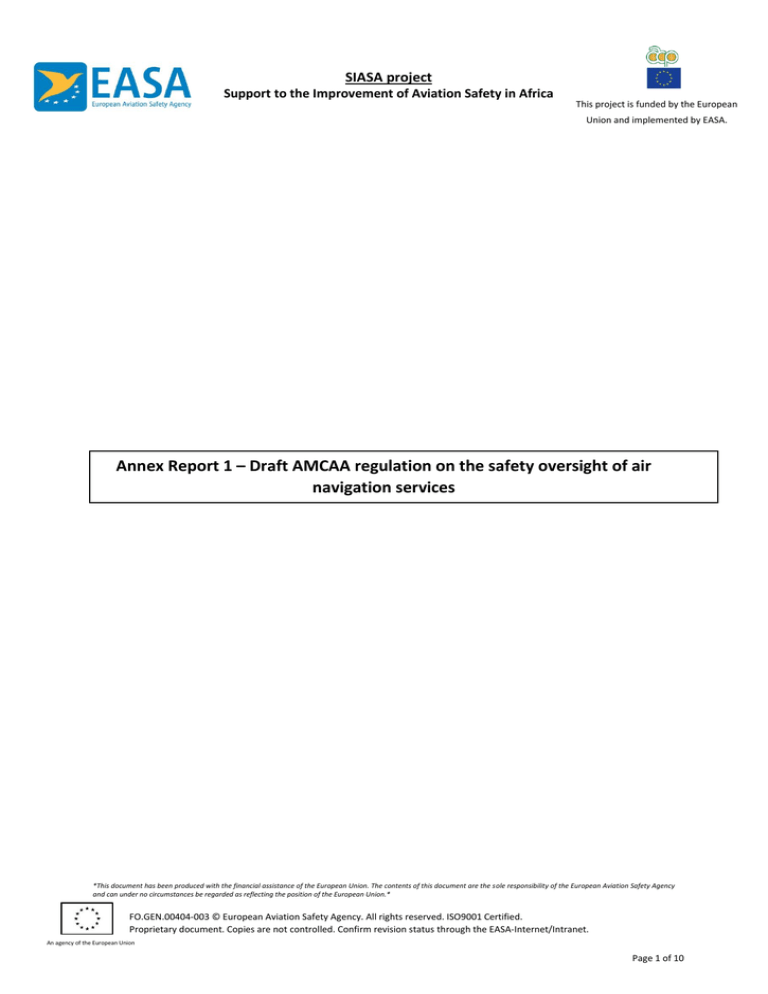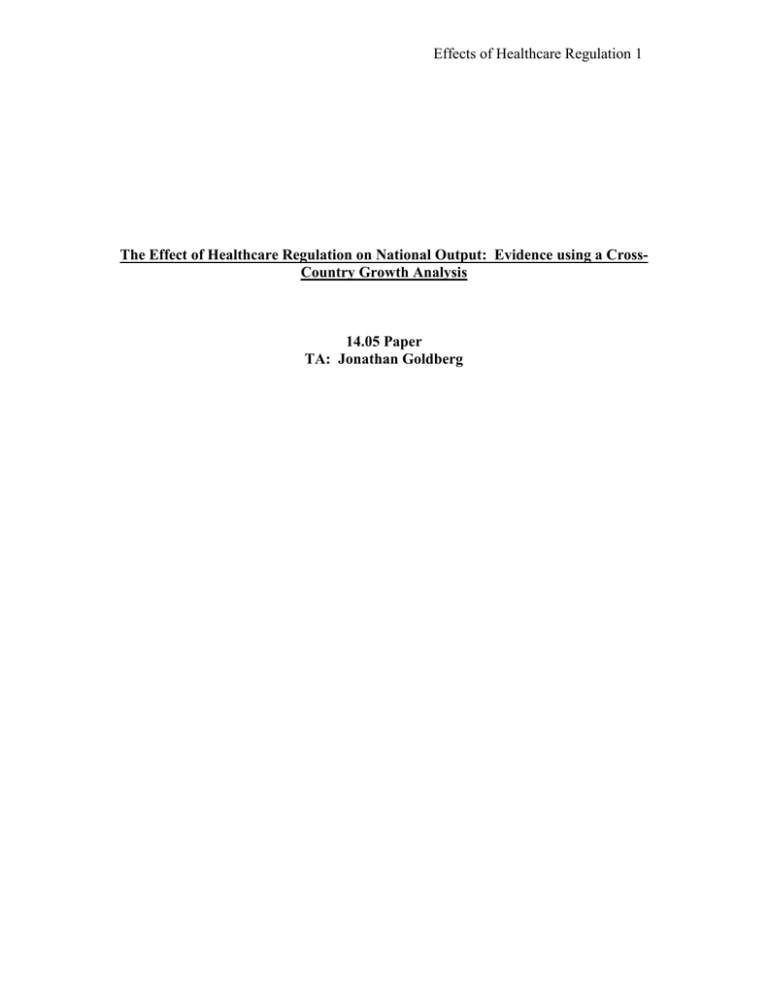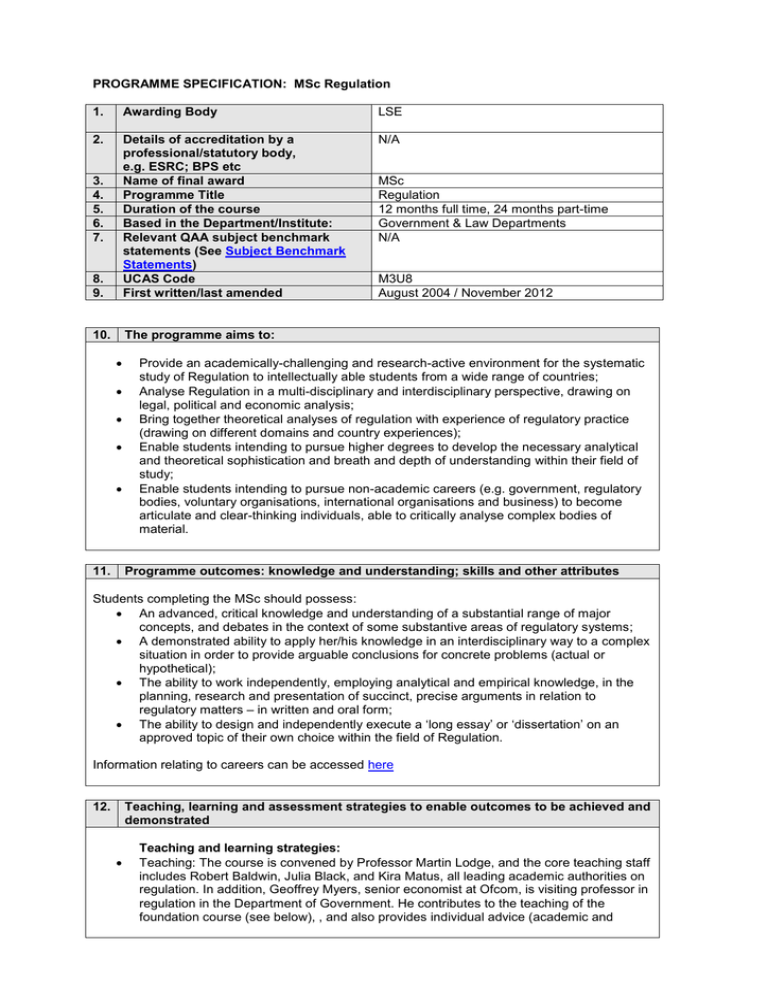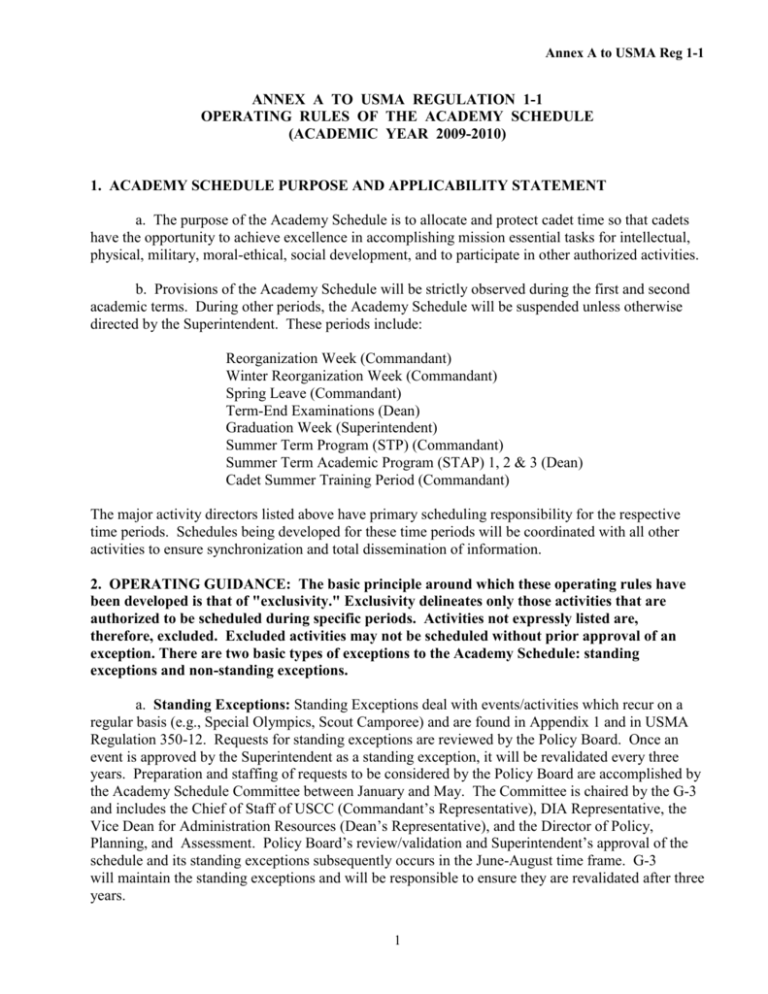Regulation 1.6081-5 : What it is
What it is: Regulation 1.6081-5 In this article, we will explore the topic of Regulation 1.6081-5 and its significance in the aviation industry. This regulation plays a crucial role in ensuring the safety and efficiency of air travel. From its scope to the impact it has on aviation in Africa, we will delve into various aspects of this regulation. Join us on this informative journey as we unravel the depths of Regulation 1.6081-5. 1. Understanding Regulation 1.6081-5 Regulation 1.6081-5 is a key regulation within the aviation industry. It outlines the guidelines and rules that govern various aspects of aviation operations. These regulations are put in place to ensure the safety of both passengers and crew members, as well as the efficient functioning of airports and airlines. In Africa, this regulation holds significant importance in maintaining the high standards of aviation practices. 2. The Impact of Regulation 1.6081-5 in Africa Africa has witnessed remarkable growth in its aviation sector in recent years. This surge in the industry has led to the implementation of stringent regulations to ensure the safe and secure operation of flights. Regulation 1.6081-5 plays a vital role in establishing these guidelines and standards for aviation in Africa. It covers a broad range of aspects, including air traffic control, aircraft maintenance, and crew training, among others. The implementation of this regulation has had a positive impact on the overall safety record of the African aviation industry. 3. Compliance and Challenges Compliance with Regulation 1.6081-5 is essential for all aviation stakeholders. However, meeting these regulations can pose significant challenges to airlines, airports, and aviation authorities. Some of the common challenges include the need for extensive training programs, effective coordination between various aviation entities, and ensuring a seamless flow of information. Overcoming these challenges is crucial for meeting the standards set by Regulation 1.6081-5 and maintaining a safe and efficient aviation industry. Heading 1: How does Regulation 1.6081-5 Ensure Passenger Safety? Passenger safety is of utmost importance in the aviation industry, and Regulation 1.6081-5 aims to ensure just that. This section will discuss how this regulation plays a vital role in enhancing passenger safety and minimizing potential risks during air travel. From stringent security measures to comprehensive emergency management protocols, Regulation 1.6081-5 covers a wide range of aspects to safeguard passengers. Heading 2: The Role of Regulation 1.6081-5 in Preventing Air Accidents One of the crucial aspects of Regulation 1.6081-5 is its role in preventing air accidents. This section will explore the specific measures outlined by this regulation to mitigate the risk of accidents and incidents. From regular aircraft inspections to robust safety management systems, Regulation 1.6081-5 works towards creating a safe flying environment for both passengers and crew members. Heading 3: Frequently Asked Questions (FAQs) about Regulation 1.6081-5 In this section, we will address some frequently asked questions about Regulation 1.6081-5. These questions cover a range of topics, including the scope of the regulation, its implementation process, and the potential future developments. By answering these common queries, readers can gain a better understanding of the regulation and its implications within the aviation industry. Conclusion: Regulation 1.6081-5 serves as a cornerstone of the aviation industry, ensuring safety and efficiency in air travel. From its implementation in Africa to its impact on passenger safety, this regulation plays a vital role in the industry's operations. Despite the challenges faced in maintaining compliance, the adherence to Regulation 1.6081-5 remains a top priority for aviation stakeholders. By upholding these regulations, the African aviation industry can continue to grow and thrive while providing safe and secure air travel experiences for all passengers.  Image Source : studylib.net
Image Source : studylib.net  Image Source : studylib.net
Image Source : studylib.net  Image Source : www.boteroinvenice.com
Image Source : www.boteroinvenice.com  Image Source : studylib.net
Image Source : studylib.net  Image Source : www.pinterest.com.au
Image Source : www.pinterest.com.au  Image Source : isummasaqvik.weebly.com
Image Source : isummasaqvik.weebly.com  Image Source : competition-policy.ec.europa.eu
Image Source : competition-policy.ec.europa.eu  Image Source : studylib.net
Image Source : studylib.net
Regulation 1 - Aviation Africa
 Image Source : studylib.net
Image Source : studylib.net Effects Of Healthcare Regulation 1 Country Growth Analysis
 Image Source : studylib.net
Image Source : studylib.net Zones Of Regulation Emojis Regulation Zones Emotions Use Emotional Them
 Image Source : www.boteroinvenice.com
Image Source : www.boteroinvenice.com PROGRAMME SPECIFICATION: MSc Regulation 1. Awarding Body
 Image Source : studylib.net
Image Source : studylib.net 𝐖𝐡𝐨 𝐢𝐬 𝐚 ‘𝐌𝐞𝐦𝐛𝐞𝐫 𝐨𝐟 𝐭𝐡𝐞 𝐟𝐚𝐦𝐢𝐥𝐲 𝐮𝐧𝐢𝐭’? | Family Units, Members, The Unit
 Image Source : www.pinterest.com.au
Image Source : www.pinterest.com.au Zones Of Regulation
 Image Source : isummasaqvik.weebly.com
Image Source : isummasaqvik.weebly.com Regulation 1/2003
 Image Source : competition-policy.ec.europa.eu
Image Source : competition-policy.ec.europa.eu ANNEX A TO USMA REGULATION 1-1
 Image Source : studylib.net
Image Source : studylib.net Zones of regulation. Effects of healthcare regulation 1 country growth analysis. Annex a to usma regulation 1-1. Programme specification: msc regulation 1. awarding body. Zones of regulation emojis regulation zones emotions use emotional them